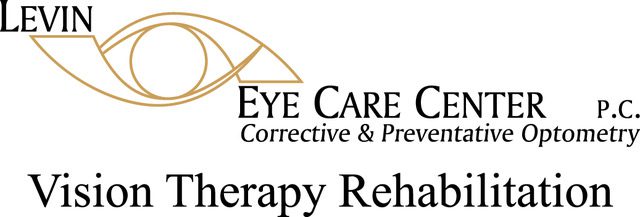When we think of athletes, we probably think of speed and strength first, but there is an unfair advantage some athletes are using called sports vision training.
Strong visual skills are just as important to an athlete’s success as strong muscles. Athletes have to process visual information quickly so that they can respond to it. The cool thing is that, like muscles, some visual skills can be improved with practice. Sports vision training improves the acceleration and efficiency of your eye tracking capabilities. We have a set of activities and equipment specifically designed for athletes to improve processing speed, visual acuity, vergence (binocular vision), tracking, and reaction time at levels that beat the competition.
What Visual Skills do Athletes Use?
Here are some of the most essential visual skills that help athletes perform at the top of their game:
- Color vision. It’s a lot easier to recognize the difference between teammate and opponent when you can see the different jersey colors!
- Depth perception. Athletes need to be able to judge the distances of objects and other players.
- Dynamic visual acuity. Beyond just having clear vision, athletes need to be able to see fast-moving objects clearly too.
- Eye tracking. Athletes also need to be able to track fast-moving objects with their eyes instead of jeopardizing their balance by turning their heads or torsos.
- Eye-hand-body coordination. Being able to adjust the position of your body, hands, and feet based on what you see is essential for succeeding in sports.
- Peripheral vision. Athletes need to be able to react to what’s happening at the edges of their vision, not just the things happening straight ahead.
- Visual concentration. An athlete needs to be able to focus on what matters even when there are a lot of distractions trying to draw their eyes.
- Visual reaction time. The faster an athlete can process and respond to visual information, the faster they can get into position.
- Visualization. Athletes need to be able to picture different scenarios to prepare themselves for potential obstacles and opportunities — all while focusing on the events of the moment.
- Visual memory. An athlete must keep a great deal of visual information in their heads while playing, including the positions of other players based on where they saw them last.
You Can Train Your Visual Skills on the Go
You won’t need a gym to train several of these visual skills. A simple exercise for depth perception, for example, is to hold a pen at arm’s length and repeatedly put the cap on it. You could also hold a small pebble at arm’s length and try dropping it into a drinking straw.
A great way to train peripheral awareness is by turning our heads to the side while we use a computer or watch TV. We can improve the flexibility of our eyes by switching rapidly between focusing on something close and something far away. To practice dynamic visual acuity, try cutting out different sized letters from a magazine and taping them to a turntable. Then see how well you can identify the letters when it spins at different speeds.
Take a peek how Four Time NBA Champion, Two Time MVP and Finals MVP Steph Curry uses Sports Vision Training to achieve excellence on the court.
Keep Your Eye on the Ball, Athletes!
If NBA Champions Michael Jordan, Steph Curry, and Kawhi Leonard have used sports vision training to rise to elite levels, then why shouldn’t you follow their lead? Keeping our eyes sharp (and healthy) is something we might overlook but when thinking about staying in shape for sports. From professional athletes sinking a three pointer at the final second to commercial pilots flying the friendly skies. Sports Therapy Training is a game changer and makes all the difference in the world.
If you’ve played sports, then you know an inch and a millisecond can be the difference between a win and loss. Gain the advantage on and off the field with the Levin Eye Care Center sport vision training program!
Call/Text 219-659-3050 to learn how to gain an unfair advantage over your competition.
